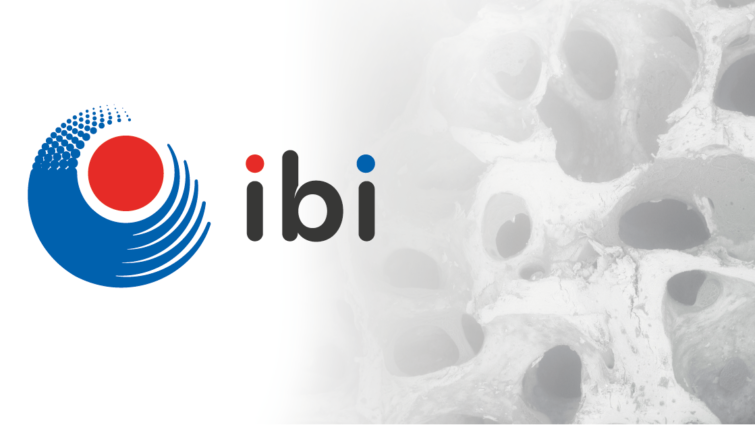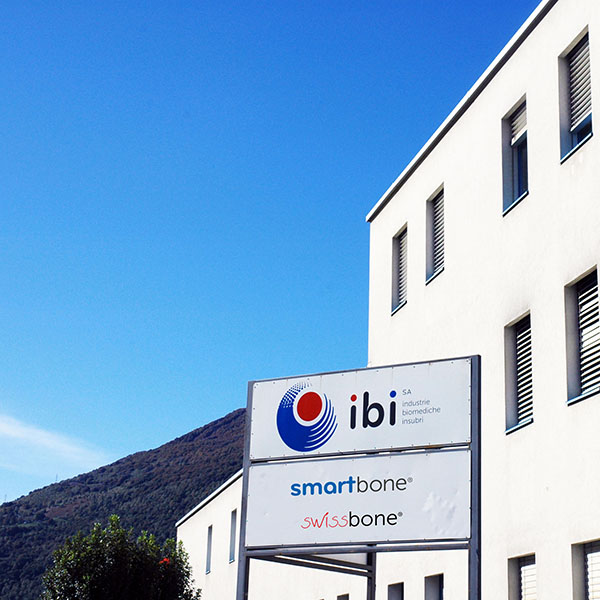CLOSE

Date:
2018
Author:
G. Perale, C. F. Grottoli, S. Molinari, G. Pertici, A. Bistolfi, R. Ferracini
Link:

Introduction
Bone grafts for reconstructive surgery should ensure both volumetric stability and adequate strength. Moreover, their intimate structure should have an adequate open and interconnected porous network for cell migration and proliferation and vessel ingrowth, with a distributed pore size ranging between 50 to 350 m, while also providing specific signals for bone regeneration and remodelling [1,2,3].
Materials
An innovative composite solution, inspired by natural bone architecture and bearing cues from both mineral components and polymeric ones, was here followed to develop a three-dimensional bone scaffold, SmartBone®: a bovine derived mineral matrix is used to provide adequate solid structure and porosity, while resorbable polymers are used to reinforce it. RGD-exposing collagen fragments are finally added to promote cell colonization and proliferation. Previously published clinical results indicate that SB is osteoconductive and osteoinductive, promoting remodelling to mature bone formation in about 8-12 months [4].
Results and Discussion
These composite bone substitutes have been successfully grafted onto more than 50’000 patients up-to-day: the high performances of this biomaterial allow its current use in different specialities, including orthopaedic reconstructive applications.
Above pictures present an example of a reconstruction case: a twin tibial and fibula traumatic injury in an adult male. Capability to withstand heavy surgical manoeuvres, allowed SmartBone® blocks to be easily adapted to fit the residual defect and perfectly located inside the gap, being finally firmly fixed with osteosynthesis devices.
Surgery was fast and precise, allowing to obtain satisfactory results both in terms of anatomical reconstruction and functionality preservation. The post-operative follow-up recorded no issues of any kind and proceeded 2
optimally, evidencing a faster healing and rapidly decreasing patient pain together with mobility recovery: restored anatomy and functionality found confirmation from 6 months post-op the radiographic images, which showed complete volume stability and already ongoing graft remodelling process.
Conclusions
Radiologically evaluated bone density analysis indicates, in extremely good agreement with past histological studies, that SmartBone is osteoinductive and osteoconductive: it promotes fast bone regeneration, finally leading to mature bone formation in shorter time-windows with respect to alternative solutions such as synthetic materials and allografts, thus confirming the validity of the endogenous tissue restoration principle.

IBI SA
Industrie Biomediche Insubri SA
via Cantonale 67, CH-6805 Mezzovico-Vira, Switzerland
t. +41 91 93.06.640
f. +41 91 220.70.00